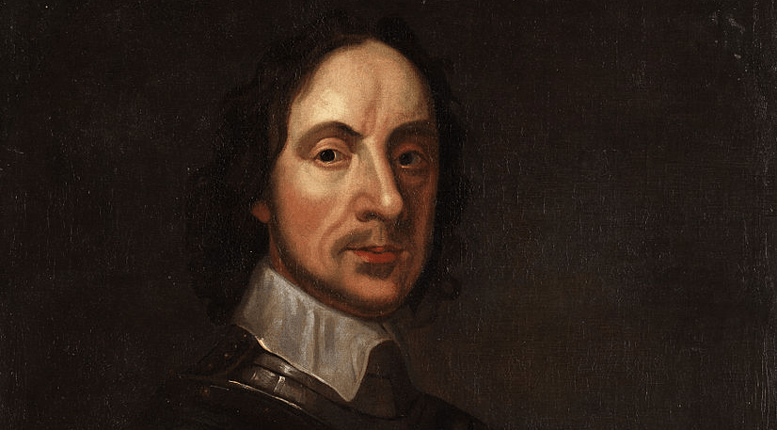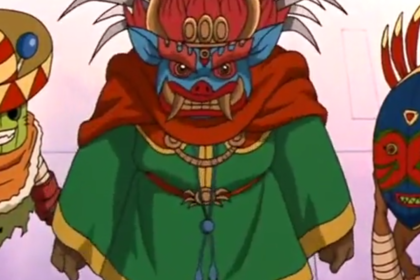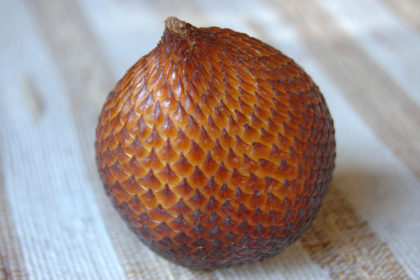Oliver Cromwell was an English military and political leader. He served as Lord Protector of the Commonwealth of England, Scotland and Ireland from 1653 until his death, acting simultaneously as head of state and head of government of the new republic. Take a look below for 30 more awesome and interesting facts about Oliver Cromwell.
1. Cromwell was born into the middle gentry, albeit to a family descended from the sister of King Henry VIII‘s minister Thomas Cromwell.
2. Little is known of the first 40 years of his life as only four of his personal letters survive alongside a summary of a speech he delivered in 1628.
3. He became an Independent Puritan after undergoing a religious conversion in the 1630s, taking a generally tolerant view towards the many Protestant sects of his period.
4. He was an intensely religious man, a self-styles Puritan Moses, as he fervently believed that God was guiding his victories.
5. He was elected Member of Parliament for Huntingdon in 1628 and for Cambridge in the Short and Long parliaments.
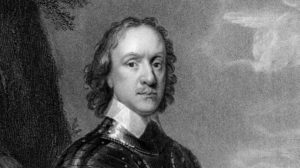
6. Cromwell entered the English Civil War on the side of the “Roundheads” or Parliamentarians.
7. Nicknamed “Old Ironsides,” he demonstrated his ability as a commander and was quickly promoted from leading a single cavalry troop to being one of the principal commanders of the New Model Army, playing an important role under General Sir Thomas Fairfax in the defeat of the royalist forces.
8. Cromwell was one of the signatories of King Charles I’s death warrant in 1649, and he dominated the short-lived Commonwealth of England as a member of the Rump Parliament.
9. He was selected to take command of the English campaign in Ireland in 1649.
10. Cromwell’s forces defeated the Confederate and Royalist coalition in Ireland and occupied the country, bringing an end to the Irish Confederate Wars.
11. Cromwell also led a campaign against the Scottish army between 1650 and 1651.
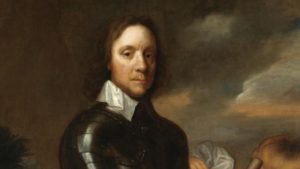
12. On April 20, 1653, he dismissed the Rump Parliament by force, setting up a short-lived nominated assembly known as Barebone’s Parliament, before being invited by his fellow leaders to rule as Lord Protector of England, Scotland and Ireland from December 16, 1653.
13. As a ruler, he executed an aggressive and effective foreign policy.
14. He died from natural causes in 1658 and was buried in Westminster Abbey. The Royalists returned to power in 1660, and they had his corpse dug up, hung in chains and beheaded.
15. Cromwell is one of the most controversial figures in the history of the British Isles, considered a regicidal dictator by historians such as David Sharp, a military dictator by Winston Churchill, but a hero of liberty by John Milton, Thomas Carlyle and Samuel Rawson Gardiner, and a class revolutionary by Leon Trotsky.
16. In a 2002 BBC pill in Britain, Cromwell, sponsored by military historian Richard Holmes, was selected as one of the ten greatest Britons of all time.
17. He studied at Sidney Sussex College in Cambridge, although he never graduated. He later studied law in London.
18. In 1631, he sold his property, moved to a farm in St. Ives and had a sort of spiritual awakening. He kept chickens and sheep, and sold wool and eggs to make money.
19. He allowed Jews to settle in England, for the first time in almost 400 years. In 1647, he banned Christmas and other religious holidays, declaring them to be pagan festivals.
20. Cromwell’s son, Richard, succeeded him as Lord Protector. However, Richard resigned in 1659 and in 1660 Charles II came out of exile. The monarchy was restored and Charles was crowned as king.
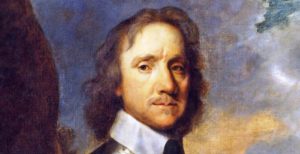
21. A collection of his books, paintings and medals are on display in the Museum of London.
22. There is a Cromwell Museum in the Huntingdon school which he attended. The exhibits include his gunpowder flask, some of his medical equipment and a hat that he wore.
23. There are statues of Oliver Cromwell in London and Manchester.
24. in 1776, one of the first ships commissioned to serve in the Continental Navy during the American Revolutionary War was named Oliver Cromwell.
25. 19th century engineer Sir Richard Tangye was a noted Cromwell enthusiast and collector of Cromwell manuscripts and memorabilia.
26. In 1875, a statue of Cromwell by Matthew Noble was erected in Manchester outside the cathedral, a gift to the city my Mrs. Abel Heywood in memory of her first husband.
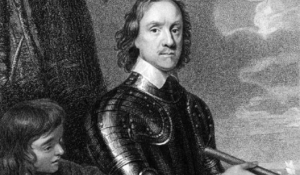
27. During the 1890s, plans to erect a statue of Cromwell outside Parliament also proved to be controversial. Pressure from the Irish Nationalist Party forced the withdrawal of a motion to seek public funding for the project, and though the statue was eventually erected, it had to be funded privately by Lord Rosebery.
28. The Cromwell Tank, a British Second World War medium weight tank first used in 1944, and a steam locomotive built by British Railways in 1951, 70013 Oliver Cromwell, were both named after Cromwell.
29. As First Lord of the Admiralty before the First World War, Winston Churchill twice suggested naming a British battleship HMS Oliver Cromwell. However, the suggestion was vetoed by King George V.
30. Other public statues of Cromwell are located in St. Ives, Cambridgeshire and Warrington, Cheshire.

